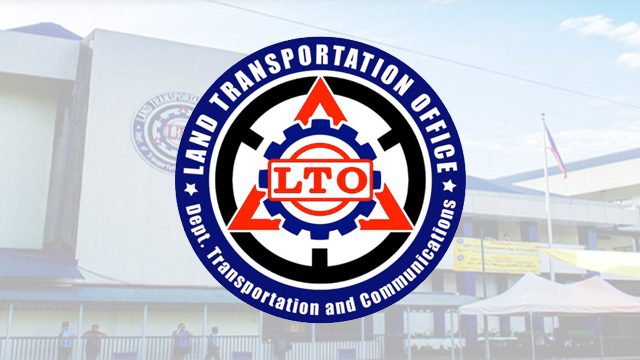SUMMARY
This is AI generated summarization, which may have errors. For context, always refer to the full article.

MANILA, Philippines – To ensure that only responsible drivers will be on the road, the Land Transportation Office (LTO) plans to revamp the current driver’s licensing exam, aligning it with the type of vehicle the applicant intends to use.
During Rappler’s road safety forum on Monday, May 8, road safety advocates, government officials, and representatives from the private sector discussed issues and problems connected to road safety and public transportation in the Philippines.
Among the solutions they raised include filling in the gaps in the country’s existing road safety laws and policies, such as the licensing system.
In the Philippines, both professional and non-professional driver applicants undergo the same exams and processes in the LTO.
Department of Transportation (DOTr) Assistant Secretary Mark de Leon, however, pointed out that this should not be the case, since professional drivers need a special set of skills to properly drive a truck or public utility vehicle (PUV).
LTO chief transportation regulation officer Robert Valera added that the agency is currently preparing reviewer manuals for driver applicants. Each reviewer is specific to the restriction code that applies to the applicant, and is intended to improve driver education.
Valera also said that the LTO is in the process of adding a driver’s simulation test into the driver licensing system.
Aside from the usual written exam and practical test, Valera said that adding this third test into the application process will better equip applicants with the necessary driving skills and will also improve their reaction time.
Omnibus Franchising Guidelines
Meanwhile, the DOTr also discussed the Omnibus Franchising Guidelines (OFG), which will require safety features in PUVs and will allow local government units (LGUs) to set the public transport routes within municipalities and cities.
The LGUs will also ensure that PUVs use only the specified routes assigned to them.
Once the LGUs approve which routes to assign for specific public transport vehicles, the Land Transportation Franchising and Regulatory Board (LTFRB) will then issue the franchise and ensure it complies with local standards.
“The OFG specifies the type of vehicles that we will be using for public transport. It specifies the standards that the jeepneys will have,” said De Leon.
De Leon added, “It will really spearhead the modernization of public transport here in the Philippines. Not only in Metro Manila, but in the whole of the country. This sets parameters for what type of public transport will be used for which type of road.”
PUVs will also be required to install an Automatic Fare Collection System (AFCS), a Global Positioning System (GPS) device, and a speed limiter.
The DOTr plans to release these guidelines by the end of May. – Rappler.com
Ishbelle Bongato and Timothy Gucilatar are Rappler interns.
Add a comment
How does this make you feel?
There are no comments yet. Add your comment to start the conversation.